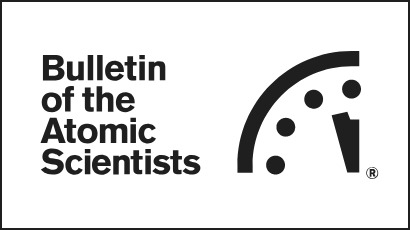Lessons for confronting deterrence and militarism from Hawaii, America’s ‘unsinkable aircraft carrier’
Amid competition with China, the already-robust US military presence in the Pacific is being expanded, with new bases planned for the Federated States of Micronesia and Palau. Activists and Indigenous people living on America’s unsinkable Pacific aircraft carriers increasingly assert the right to live not on a battleship but as part of nature.



